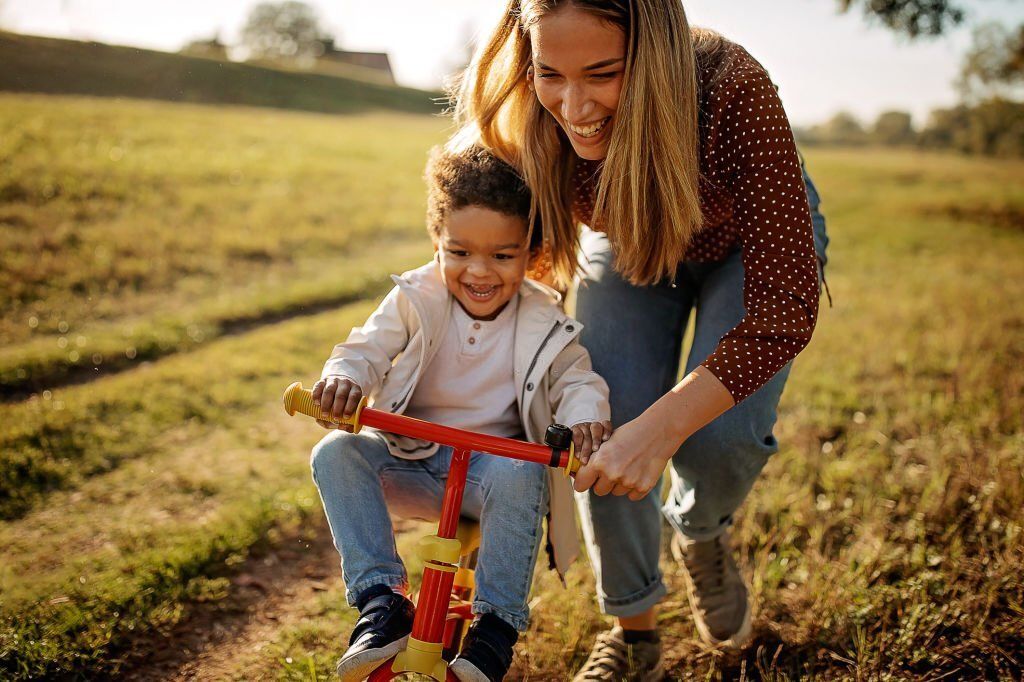A helpful friend is a treasure, offering support and encouragement during both challenging times and moments of joy.
The presence of a true friend not only lessens our difficulties but also enhances our lives by fostering trust and friendship. A friend needs to be adaptive and flexible in order to be truly helpful, as these qualities allow them to handle a variety of situations and demands. A friend who has these qualities is able to provide valuable support and consistently be a comfort to others, regardless of the situation. Hence, flexibility and adaptability are crucial traits that enable kids to handle change, find solutions to issues, and adjust to different circumstances in their lives, in addition with helping them become flexible friends to others.
The ability to modify or adapt to various situations is known as adaptability. Consider a child who was going to play outside when, all of a sudden, it began to rain. When a child is adaptive, he or she discovers enjoyable things to do indoors, such as hand work, playing a game indoors, or preparing snacks with their mother. For instance, if a youngster is planting a tree in the backyard but the porcupine keeps uprooting it, he or she may adjust by experimenting with different methods of plant protection until he or she figures out what works.
Flexibility involves being open to new ideas and adjustments. For instance, when playing a game with friends, a child may prefer a particular game, but not everyone may enjoy it. A flexible child can take turns playing different games or select one that everyone likes. Traits like flexibility and adaptability can boost a child's self-esteem and confidence in various situations. Let's explore ways to teach these valuable skills to children.
Here are some effective strategies, with examples:
Encourage Problem-Solving:

Praise young ones for their efforts and successes while reminding them that making mistakes is part of the learning process is crucial for their development. Asking open-ended questions can encourage critical thinking and help them explore different solutions to a problem. By breaking down complex problems into smaller, manageable steps, we can make these challenges less intimidating. Demonstrating your own problem-solving techniques and encouraging creativity through brainstorming sessions are also effective strategies. Problem-solving is a very important skill, and nurturing it in a supportive and constructive environment can greatly benefit their growth and confidence.
Exposure to diverse situations:

Introducing children to new experiences, such as trying different foods, helps them adapt to new tastes and cultural practices. Exploring new hobbies, like painting, crafting, or playing a musical instrument, challenges them to think creatively and persist. Visiting unfamiliar places, from local landmarks to international destinations, exposes children to new environments and social contexts. This teaches them to navigate and adjust to different circumstances. Each of these experiences helps children improve their adaptability and problem-solving skills.
Modelling flexibility:

Modelling flexibility is a powerful way for parents to teach their children how to adapt to life’s uncertainties. Children often learn by observing their parents. When parents show flexibility, such as by adjusting to unexpected changes or trying new activities, they set a good example. For instance, if a parent’s tour plan changes because of unforeseen events, calmly discussing and exploring other options shows children that adjustments can be manageable and beneficial. By handling changes with a positive attitude and openness, parents help their children develop similar adaptive behaviours. This approach teaches children to cope with disruptions and fosters resilience and a proactive mindset in the face of challenges.
Developing resilience:

Teaching resilience is vital for helping children adapt to challenges. Highlighting the importance of learning from mistakes and setbacks helps them see that failure is just part of the learning process. For instance, if a child doesn’t succeed at a task on the first try, encouraging them to keep trying or find new solutions shows that persistence leads to growth. By emphasising effort and problem-solving, parents and teachers help children develop the resilience needed to overcome obstacles. This way, setbacks become opportunities for learning and improvement, not discouragement.
Practicing mindfulness:

Practicing mindfulness helps children manage stress and adapt to unexpected situations. Teaching them deep breathing or mindfulness exercises gives them tools to stay calm and focused during changes or uncertainty. For example, guiding a child to count from 10 to 1 or cut a piece of paper into small pieces when they face a tough task helps them control their emotions and think clearly. These practices reduce anxiety and build emotional resilience, making it easier for them to adapt. By including mindfulness in their daily routines, children learn to handle stress constructively and stay adaptable in life's unpredictable moments.
Promoting open communication:

Promoting open communication helps children handle changes and new situations well. When children feel safe discussing their feelings and worries, they are more likely to share their emotions. Encouraging them to talk about their experiences and validating their feelings makes them feel understood and supported. Additionally, guiding them to find constructive ways to adapt builds resilience and helps them manage transitions more easily.
Sharing positive:

Sharing positive examples is a great way to teach children about adaptability and flexibility. Use stories from books, movies, or real life where being adaptable is key to success. These stories show how flexibility can lead to good outcomes. Discuss these examples with your child to help them learn the lessons and understand how they can be flexible in their own lives. By reflecting on these stories, children can see how adaptability helps overcome challenges and achieve success.
Incorporating these strategies into daily interactions and activities allows parents to effectively teach their children adaptability and flexibility. By fostering an environment of open communication, positive reinforcement, and practical problem-solving, parents prepare their children to navigate life's changes and challenges with resilience and confidence. These skills are crucial for their overall development and future success, equipping them to handle whatever comes their way with grace and adaptability.

(Dr. Nadee Dissanayake)
Related News:
Empower Future Leaders - (Dr. Nadee Dissanayake)





















